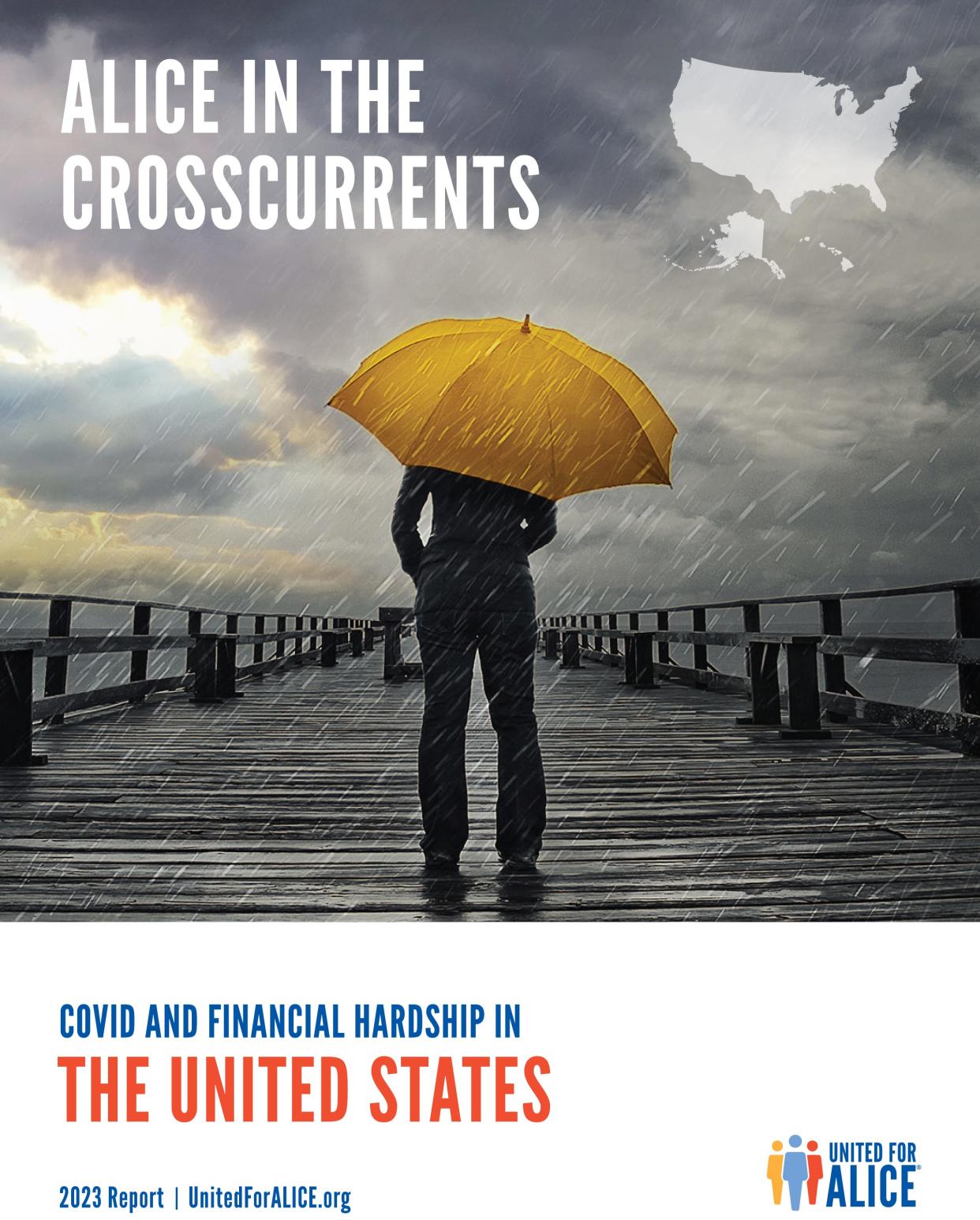Report: Almost half of households in Sarasota-Manatee region live paycheck-to-paycheck

Almost half of all families in the Suncoast region struggled to keep their heads above water through the pandemic despite massive federal relief programs that are now ending, according to a new report.
The findings come from the updated ALICE Report, released Wednesday by United Way Suncoast and its research partner United For ALICE.
The report shows that through 2021, the number of total households living paycheck to paycheck grew to 615,627 in the five-county region – which includes Sarasota, Manatee, DeSoto, Pinellas and Hillsborough counties.
That is an increase of more than 28,000 struggling households since 2018 and equates to 45% of all households in the region.
A crisis within a crisis: New project tackles behavioral problems in Sarasota preschools
After Ian: Thousands of Sarasota County residents remain stranded; local groups offer hope
Of those, the greatest share, or 446,760, are defined as ALICE families – or Asset Limited, Income Constrained, Employed. The rest are living below the federal poverty level.
Though ALICE families earn above federal poverty levels, they earn less than what is needed to survive in the regional economy, the study noted.
While the actual percentage of just ALICE households in the region declined during that time – from 35% of families to 32% – the raw numbers of struggling people rose due to the region’s population increase, as well as wage stagnation, said Aaron Neal, senior manager of data analysis at United Way Suncoast.
Of the almost 100,000 new households in the area, more than two-thirds of them are above ALICE levels, the report found.
For many families in this period, federal pandemic programs cushioned the blow of rising housing costs and inflation.
“A positive change during the pandemic was that tax credits, stimulus payments and rental assistance were available for ALICE households and provided strong relief,” said Stephanie Hoopes, Ph.D., United For ALICE National Director.
“However, as some of these supports come to an end, growing food insufficiency and other indicators reveal continued stress. Ignoring these warning signs places ALICE, our economy and the well-being of our communities at great risk.”
Now that those programs are ending, life could get much worse for thousands of families.

“It could have been so much worse for these families, whose struggle to feed their families, afford health care and access quality education was often hidden in plain sight until the pandemic,” said United Way Suncoast CEO, Jessica Muroff.
“We have an opportunity to build on what was learned during the pandemic as ALICE continues to face economic uncertainty,” she added. “Now that those have gone away, the impact on those families is going to be significant.”
Some parts of the region fared differently.
In the region, Manatee County, for instance, saw the highest growth in the number of ALICE households, or an additional 6,227 families.
The report found that even with the extensive federal pandemic programs, a family of four with two kids and parents working two full-time jobs in common area occupations still fell short of the calculated survival budget for ALICE families by $9,000.
This story comes from a partnership between the Sarasota Herald-Tribune and the Community Foundation of Sarasota County. Saundra Amrhein covers the Season of Sharing campaign, along with issues surrounding housing, utilities, child care and transportation in the area. She can be reached at samrhein@gannett.com.
This article originally appeared on Sarasota Herald-Tribune: Almost half of households in Sarasota-Manatee region on economic edge

